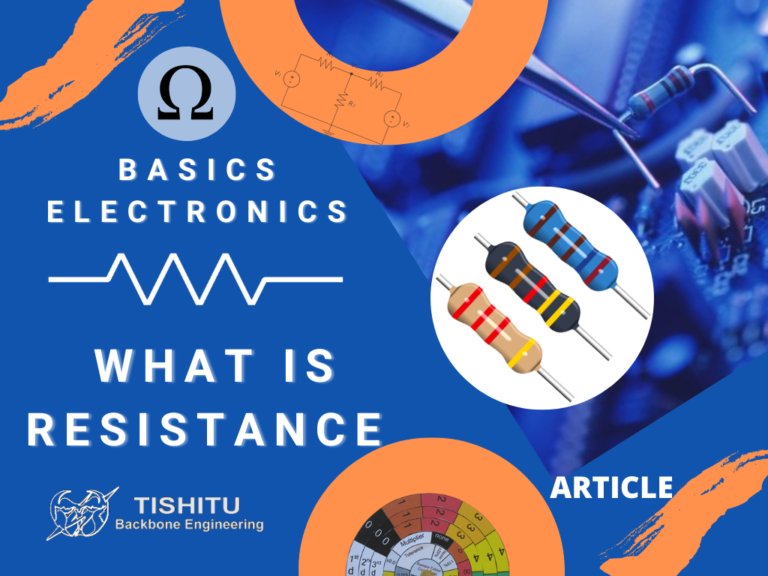
What are Resistors?
What are Resistors or Resistance Introduction Resistors are two-terminal devices that are used to control the passage of current, to put it simply. Understanding the

What are Resistors or Resistance Introduction Resistors are two-terminal devices that are used to control the passage of current, to put it simply. Understanding the
| Arduino Basics | My First Project Control | Begin with Coding | Basics of Microcontrollers | My experiments and subition | Making small products | Lets start with 3d Printing | What is Network and IOT | I can make Jarvis | Talk with computer and Robots | LiFi Communication | Introduction to Artificial Intelligence | My first Robot and Program | Sensors and Experiments | Real world Problem Solving | Live projects from companies | I become a instructor | Read More…

What are Resistors or Resistance Introduction Resistors are two-terminal devices that are used to control the passage of current, to put it simply. Understanding the






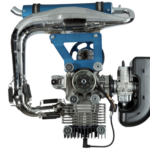
| LiFi Communication With Solar Panels | Brain Wave Device Control | Augmented Reality With Artificial Pond | Neural Networks | Gravity Lift For Green Power Generation | Embedded Systems | Internet Of Things (IoT) | Cloud Computing | Cybersecurity | Robotics(ROS) | LiFi Communication | Artificial Intelligence | Machine Learning | Computer Vision | Expert System | Speech Recognition | Natural Language Processing | Read More…
This is how how we work for services above mentioned











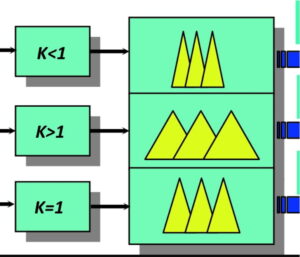
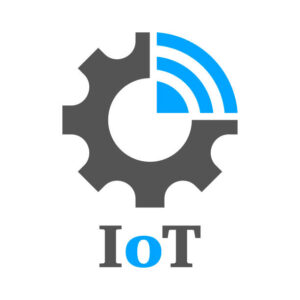
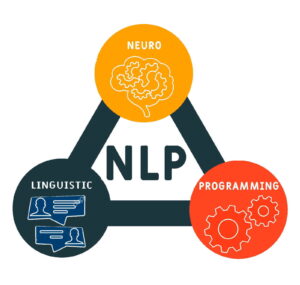

| LiFi Communication With Solar Panels | Brain Wave Device Control | Augmented Reality With Artificial Pond | Neural Networks | Gravity Lift For Green Power Generation | Embedded Systems | Internet Of Things (IoT) | Cloud Computing | Cybersecurity | Robotics(ROS) | LiFi Communication | Artificial Intelligence | Machine Learning | Computer Vision | Expert System | Speech Recognition | Natural Language Processing | Read More…
Change-Management-Foundation試験情報 & Change-Management-Foundation試験問題
It-Passportsの商品は100%の合格率を保証いたします。It-PassportsはChange-Management-Foundationに対応性研究続けて、高品質で低価格な問題集が開発いたしました。It-Passportsの商品の最大の特徴は20時間だけ育成課程を通して楽々に合格できます。
APMG-International Change-Management-Foundation 認定試験の出題範囲:
トピック
出題範囲
トピック 1
トピック 2
トピック 3
トピック 4
トピック 5
トピック 6
トピック 7
>> Change-Management-Foundation試験情報 <<
Change-Management-Foundation試験問題、Change-Management-Foundation模擬対策
Change-Management-Foundation試験に合格するには、関連する教材を探す必要があります。しかし、APMG-Internationalのウエブサイトを見ると、すぐいいChange-Management-Foundation教材を手に入れることができます。私たちはあなたのChange-Management-Foundation試験に関する悩みを解決できます。長い時間で、私たちはChange-Management-Foundation教材の研究に取り組んでいます。だから、私たちは信頼されるに値します。
APMG-International Change Management Foundation Exam 認定 Change-Management-Foundation 試験問題 (Q15-Q20):
質問 # 15
According to theBechard and Harris change formula' which response will increase an individual's dissatisfaction with the status quo?
正解:D
解説:
Explanation
The Beckhard and Harris change formula is a tool to assess the readiness and motivation for change in an organization. The formula states that change will happen when D x V x F > R, where D is dissatisfaction with the status quo, V is vision of the desired future state, F is first steps or action plan for the change, and R is resistance to change. To increase an individual's dissatisfaction with the status quo, one possible action is to communicate the danger of inaction, such as the risks, threats, or losses that may occur if no change is made.
This can create a sense of urgency and need for change among the individual. The other options are not actions that will increase dissatisfaction with the status quo, but rather actions that will address other factors in the formula.
質問 # 16
According to Herzberg's research, which factor leads to high job satisfaction?
正解:D
解説:
Explanation
According to Herzberg's research, job satisfaction and dissatisfaction are influenced by two different sets of factors: motivators and hygiene factors. Motivators are factors that lead to high job satisfaction and motivation, such as achievement, recognition, responsibility, advancement, and growth. Hygiene factors are factors that do not cause satisfaction, but can cause dissatisfaction if they are absent or inadequate, such as working conditions, salary, security, and supervision. Therefore, responsibility is a motivator that leads to high job satisfaction. References:
https://apmg-international.com/sites/default/files/Change%20Management%20Foundation%20Sample%20Paper (page 11)
質問 # 17
According to the 'change formula' (Beckhard and Harris), which response will increase the desirability to an individual of the proposed change or end state?
正解:C
解説:
Comprehensive and Detailed In-Depth Explanation:
The Beckhard and Harris Change Formula, expressed as D x V x F > R (Dissatisfaction with the status quo × Vision of the future × First steps > Resistance), is a cornerstone of the APMG Change Management Foundation for understanding motivation for change. Let's dissect the formula and evaluate each option in detail:
*D (Dissatisfaction): This factor reflects discontent with the current state, pushing individuals toward change.
*V (Vision): This is the desirability of the future state-what makes the change appealing or worthwhile.
*F (First Steps): This involves practical, actionable steps to initiate change, reducing uncertainty.
*R (Resistance): The natural opposition to change that must be overcome.
The question asks what increases the desirability of the proposed change, which directly ties to the V (Vision) component. Option A ("Focus on the benefits of the change") aligns perfectly with this, as highlighting benefits (e.g., improved efficiency, better work-life balance, or career growth) makes the end state more attractive to individuals. For example, if a company introduces a new CRM system, emphasizing how it saves time and boosts sales commissions enhances the vision's appeal.
*Option B ("Communicate the 'burning platform'") increases Dissatisfaction (D) by emphasizing the urgency or negative consequences of not changing (e.g., "We'll lose market share if we don't act"). While critical, it doesn't directly enhance desirability of the future state.
*Option C ("Clarify the steps users need to take") supports First Steps (F) by providing a roadmap, reducing fear of the unknown, but it doesn't inherently make the change more desirable.
*Option D ("Put mitigations in place to reduce risk") lowers Resistance (R) by addressing concerns, yet it's a defensive measure rather than a proactive enhancement of desirability.
Thus, Option A is the correct answer, as it directly strengthens the Vision factor, making the change emotionally and rationally compelling to individuals. The APMG framework underscores that a clear, positive vision is essential to motivate people beyond mere necessity.
質問 # 18
Which skill is MOST relevant to helping people through the change curve?
正解:B
解説:
Comprehensive and Detailed In-Depth Explanation:
Helping individuals navigate the change curve requires understanding and addressing their emotional responses, as outlined in the APMG Change Management Foundation. Active listening (Option D) is the most relevant skill, as it involves empathetically hearing concerns, validating feelings, and providing support- crucial for guiding people through stages like frustration or depression. Time management (A) aids planning, Negotiation (B) resolves conflicts, and Decision making (C) sets direction, but none directly address the emotional support needed for the change curve as effectively as active listening.
質問 # 19
Which advice is given about managing the 'complexresponsive processes' that surround emergent change?
正解:A
解説:
Explanation
Emergent change is a type of change that arises from within an organization, rather than being imposed from outside. Emergent change is influenced by complex responsive processes, which are the patterns of interaction and communication that occur among people in an organization. To manage these processes, change leaders should focus on the main purpose of the change rather than specific events, as this helps to create a shared vision and direction for the change. The other options are not good advice for managing complex responsive processes, as they either ignore, restrict, or overreact to them, which can hinder the emergence and adaptation of the change. References:
https://apmg-international.com/sites/default/files/Change%20Management%20Foundation%20Sample%20Paper (page 11)
質問 # 20
......
私たちは現在、競争の激しい世界に住んでいます。 Change-Management-Foundation認定を取得するなど、ソフトパワーを改善する以外に選択肢はありません。 Change-Management-Foundationトレントが試験に合格し、履歴書を強調することで職場で成功を収めることができます。 Change-Management-Foundation試験に合格して認定資格を取得したい場合は、Change-Management-Foundationガイドの質問があなたの理想的な選択であることを確認できます。当社は、Change-Management-Foundation試験問題に関する専門チーム、高品質のサービス、リーズナブルな価格を提供します。
Change-Management-Foundation試験問題: https://www.it-passports.com/Change-Management-Foundation.html